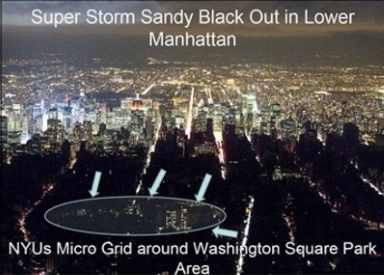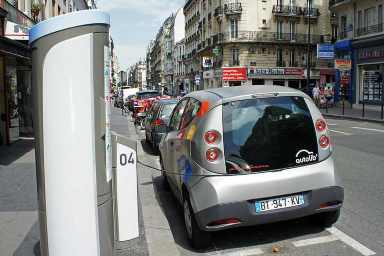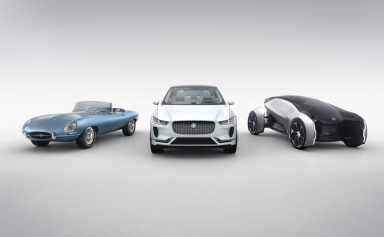We can all use some positive news these days, especially on the environmental front in which science is considered evil, denial is an alternative fact and the EPA is now what I’m calling the Environmental Destruction Agency. And while I don’t want to gloss over the issues – there isn’t enough paint in the world to do that – I offer here The Distillery, a weekly (or thereabouts) selection of posts to help offset the PTSD of our current nightmare.
The posts I pick will be “real” in the sense that they aren’t pie-in-the-sky wishful thinking, as fun as those can be, but are evidence of EcoOptimism.
In the aftermath of 9/11, at a gathering I attended here in New York City, a participant said she didn’t want to hear about the opportunities in the face of the disaster, that it was emotionally just wrong and, though she didn’t use those words, “too soon.”
Of course, she was right in that moment. But in the longer run, disasters can indeed represent opportunities, especially in avoiding or mitigating future ones. While it may still be considered too early to look at Harvey, Irma and Maria in this regard (as EPA Administrator Scott Pruitt, in dismissing climate change as a factor, has made a point of saying), Japan’s 2011 earthquake and NYC’s Superstorm Sandy are far enough behind us that we can look more objectively. One of the things we can specifically address is making the electrical grid more resilient.
From Yale Environment 360:
September 12, 2017
Rebuilding from 2011 Earthquake, Japanese Towns Choose to Go Off the Grid
EcoOptimism’s take: In the NYC blackout caused by Superstorm Sandy, virtually everything below 34th Street, including our Lower East Side neighborhood, went dark for days. NYU’s campus at Washington Square Park was the exception. A recently installed co-generation plant kicked in, allowing the campus to separate from the ConEd grid so that power there remained on. NYU opened its doors so that not just students, but also the nearby community could at least charge their cellphones…
From The New York Times:
How N.Y.U. Stayed (Partly) Warm and Lighted
November 12, 2012
EcoOptimism’s take: “Microgrids” are becoming a mainstay of resilience, so that when a disaster occurs or something goes wrong in the power grid, that one event doesn’t take down entire regions. Hoboken, NJ is putting this into application…
From CityLab:
To Stormproof Hoboken, a Microgrid
August 24, 2016
EcoOptimism’s take: Microgrids, by definition, are subsets within the national or regional grid. They can be defined by an area as small as a few blocks or larger – perhaps a mid-size city like Hoboken.
And they can serve multiple purposes:
From Columbia University’s University’s Earth Institute:
Microgrids: Taking Steps Toward the 21st Century Smart Grid
April 18, 2017
EcoOptimism’s take: Microgrids also enable locally generated power such as solar or wind to better co-exist with the larger grid. In doing this, they not only enhance resilience, but overcome the dubious objection quoted by some that these renewable energy sources endanger the nation’s aging power grid.
Which brings us full circle to the role of renewable energy in resilience…
From Grist.org:
Hurricanes keep bringing blackouts. Clean energy could keep the lights on.
September 22, 2017
And:
From RMI (Rocky Mountain Institute):
Rebuilding the Caribbean for a Resilient and Renewable Future
September 22, 2017
EcoOptimism’s take: In the face of disasters, this makes the combination of microgrids and renewable energy one of those win-win-win solutions that EcoOptimism is so fond of.











